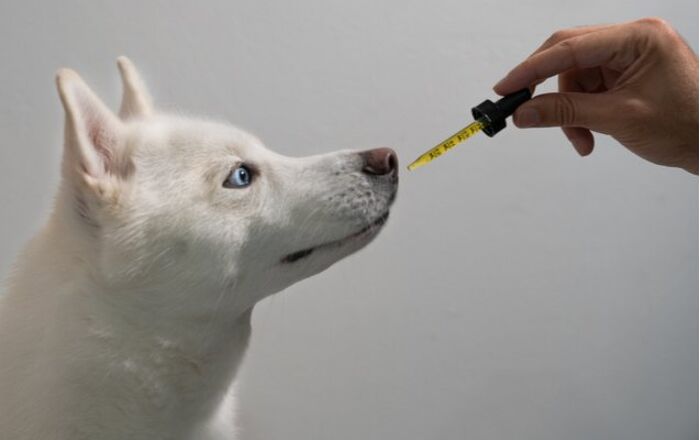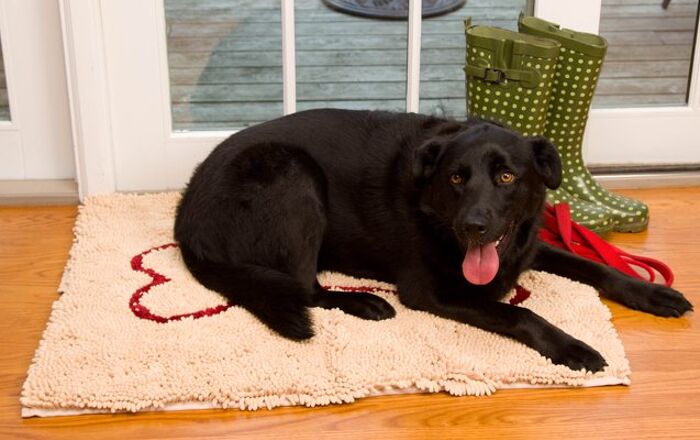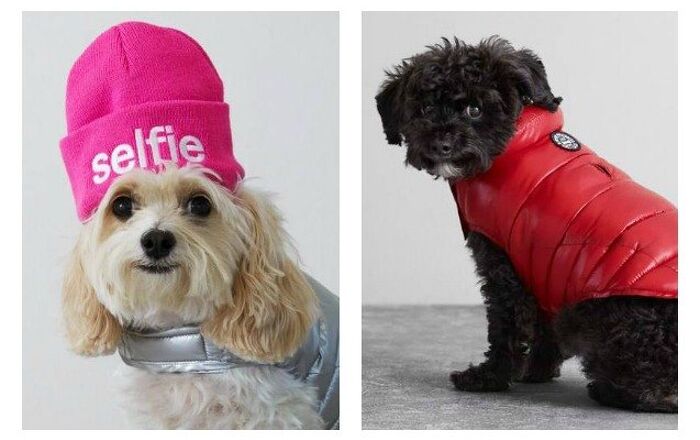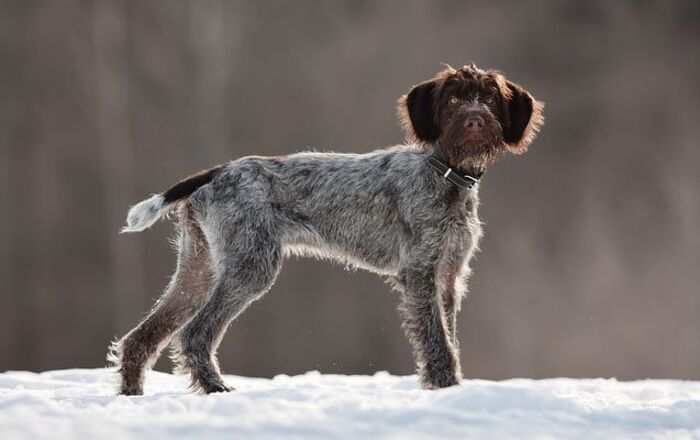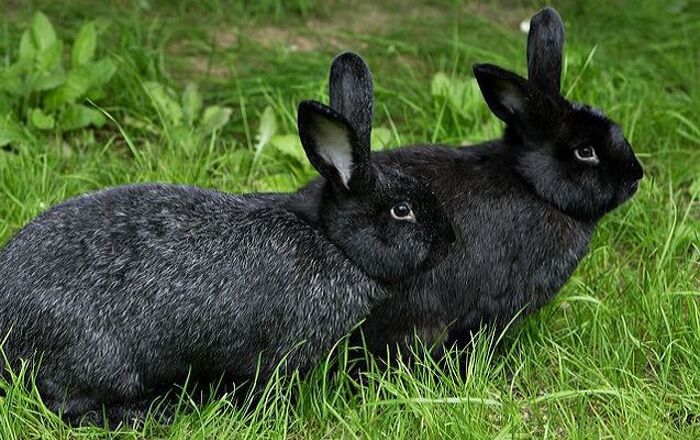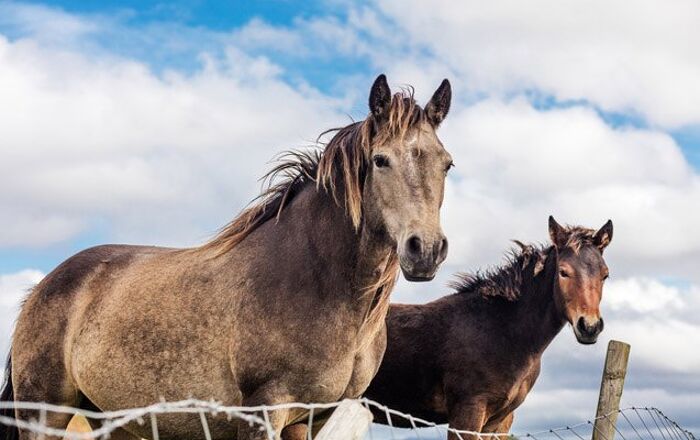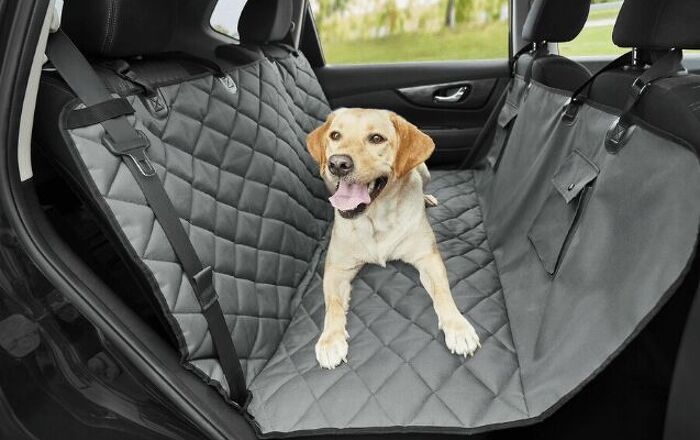
West Siberian Laika Basics
When you see the West Siberian Laika for the first time, you may think that you are looking at a wolf. This is due to the fact that these dogs are of the Spitz type and it also has to do with their Russian heritage. West Siberian Laikas are known for retaining traits from their wild ancestors, the wolf, both physical and behavioral. This breed can be a challenge to keep but, if you are up to it, they are a beautiful and fiercely intelligent breed.
West Siberian Laikas are known for retaining traits from their wild ancestors, the wolf, both physical and behavioral.
Origin
The West Siberian Laika is an ancient Spitz-type breed that comes from Ural and West Siberia. This breed was developed through very selective breeding of primitive hunting dogs used by the Voguls and Ostyak, two indigenous tribes. These dogs were actual descendants of wolves and primitive Spitz-type dogs and, because the gene pool has been kept fairly limited, modern specimens of the breed still retain much of their wild appearance and behavioral traits.
Pedigree

The West Siberian Laika was developed from the descendants of primitive Spitz-type dogs and wolves. This is one of three recognized Laika breeds – the other two are the Russo-European Laika and the East Siberian Laika.
Food/Diet
The West Siberian Laika is a medium-sized breed but it is also a highly active breed. The best diet for this breed is an active or working dog formula, or perhaps a high-performance recipe. High protein and fat content is recommended to help this breed maintain his lean muscle mass while also providing for his energy needs. Like any dog, the West Siberian Laika can become obese with overfeeding so keep an eye on your dog’s body weight and condition.
The West Siberian Laika is one of the most intelligent dogs you will ever come across.
Training
The West Siberian Laika is one of the most intelligent dogs you will ever come across which means two things – they are highly responsive to training but also have a tendency toward independence. This breed is not inherently aggressive or dominant by nature, but they do require a firm and consistent hand in training. These dogs have a very intimidating look but, with proper socialization and training, they can be very friendly, even with strangers. It’s natural instinct is to be protective of his owner which is why he makes a great watchdog.
Weight
The West Siberian Laika stands between 21 and 24 inches tall, weighing 30 to 50 pounds at maturity.
Temperament/Behavior

As much as this breed looks like a wolf, the West Siberian Laika is by no means a mean or aggressive breed. These dogs are highly intelligent so they can sometimes be a bit obstinate, but they are unfailingly loyal to their family. This breed is likely to be a little aloof around strangers and will always bark when someone approaches the house, but they warm up quickly with their master’s approval and can be trained to get along with cats.
Common Health Problems
With its wild heritage, you shouldn’t be surprised to learn that the West Siberian Laika is relatively untroubled by inherited health problems – only the strongest specimens of the breed are used kept and bred. The gene pool for this breed is still very small and inbreeding is strongly discouraged.
Life Expectancy
The average life expectancy for the West Siberian Laika is 14 years or more.
Exercise Requirements
Similar to his wild ancestors, the West Siberian Laika is a highly active breed with excellent stamina. This breed has a restless spirit and a very high need for exercise, so don’t think that you can keep this dog happy in an apartment or condo. These dogs require a lot of daily exercise as well as access to a fenced yard – they can also be kept outdoors.
The West Siberian Laika is by no means a mean or aggressive breed.
Recognized Clubs
The West Siberian Laika is not currently recognized by the American Kennel Club but it is classified as a Northern breed by both the UKC and the FCI.
Coat
The West Siberian Laika looks very much like a wolf – it has a thick, double coat to protect it from harsh Northern winters. The undercoat is soft and dense and the top coat is straight and harsh. The most common coat colors for the breed are wolf gray, white, and pale red, often with red or gray hairs intermixed to give the dog a variegated appearance.
Puppies
The average litter size for the West Siberian Laika is fairly large, about 6 to 10 puppies. This is inherited from the wolf side of the breed’s genetics. Another interesting fact about this breed is that, like their wild ancestors, West Siberian Laika females only go into estrus once per year, generally whelping their puppies in the spring time. Because the West Siberian Laika retains much of its wild heritage in terms of behavior and temperament, early socialization and training is a must.
Photo credit: miropink/Bigstock; saasemen/Bigstock

